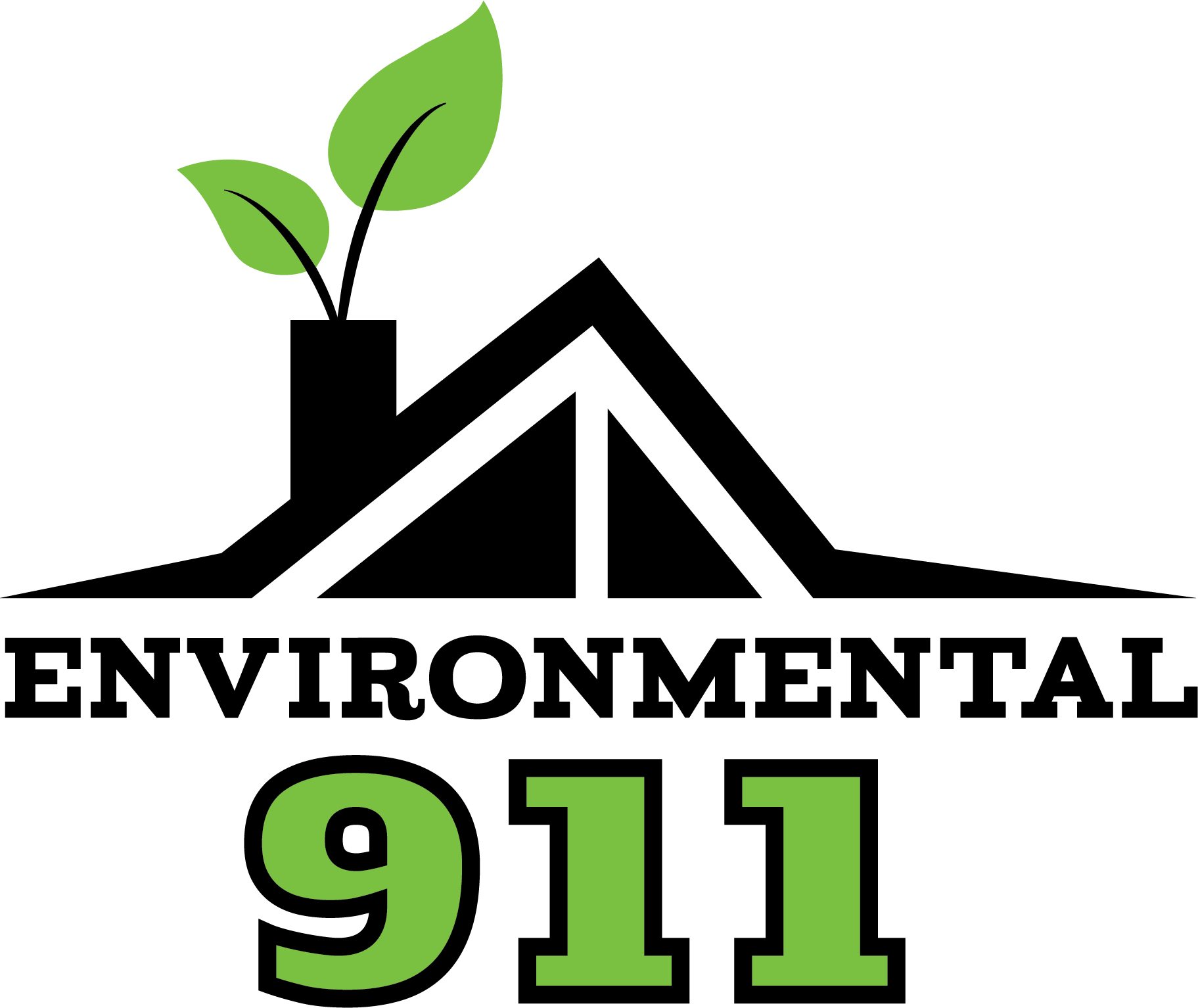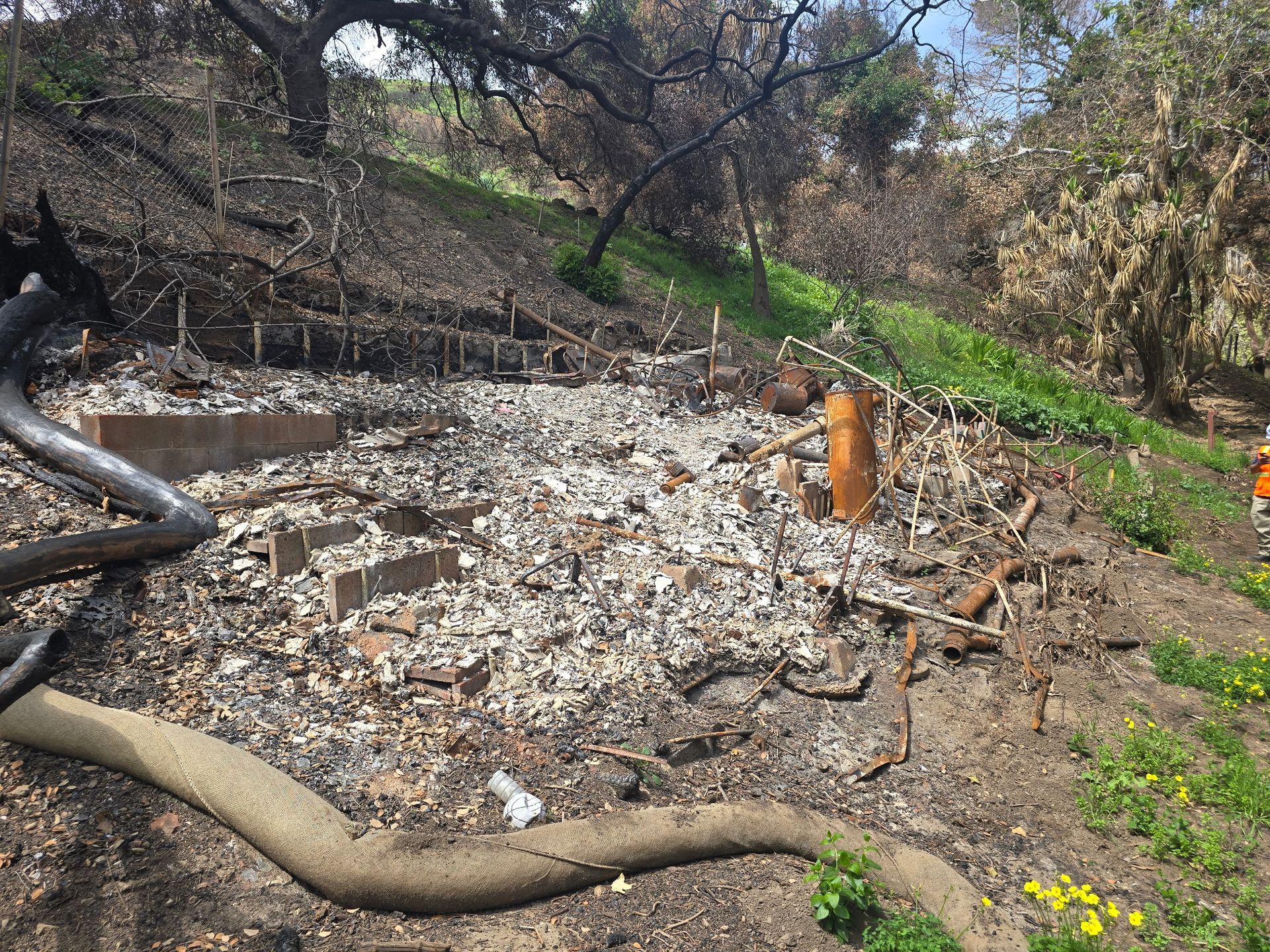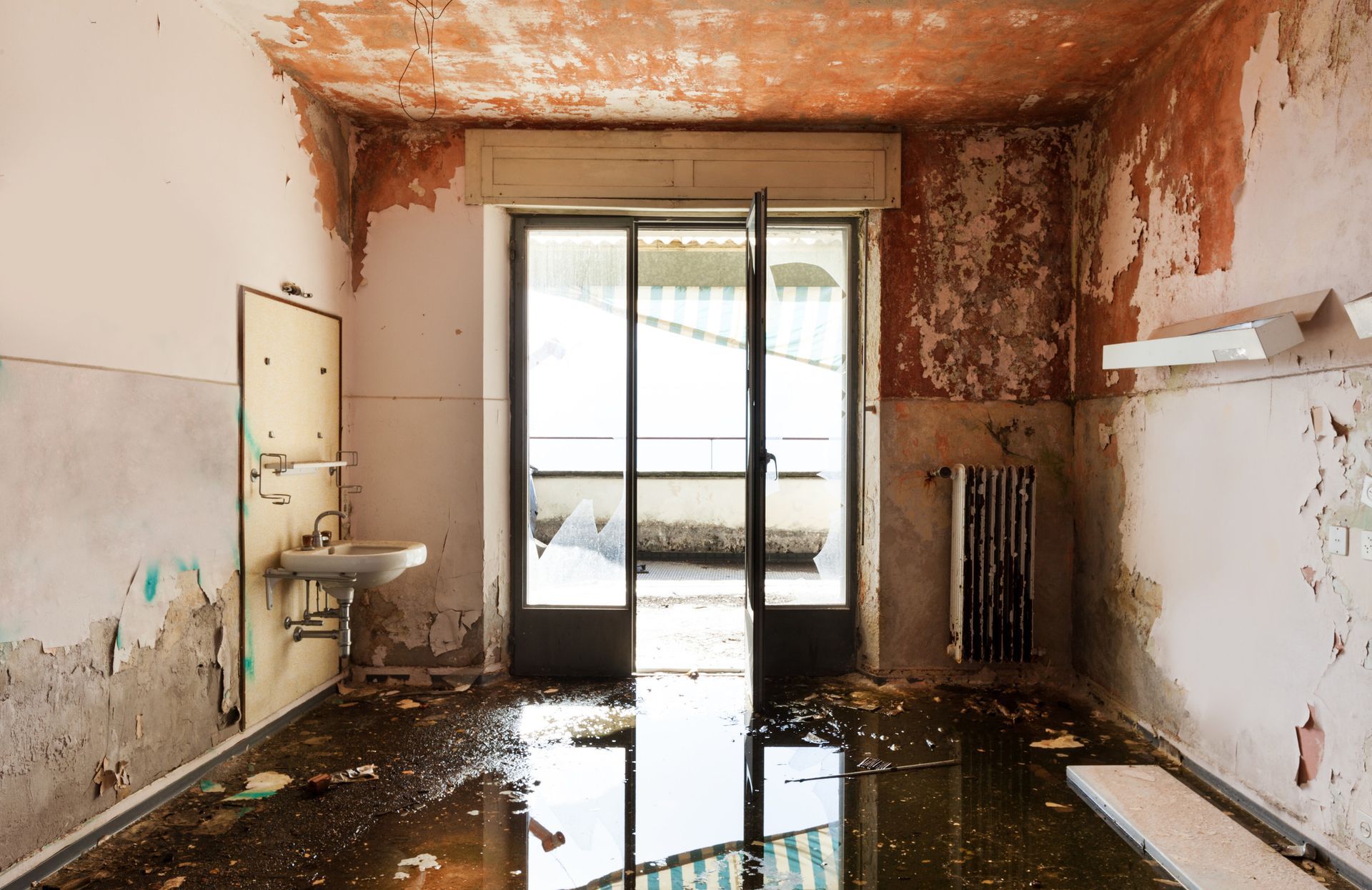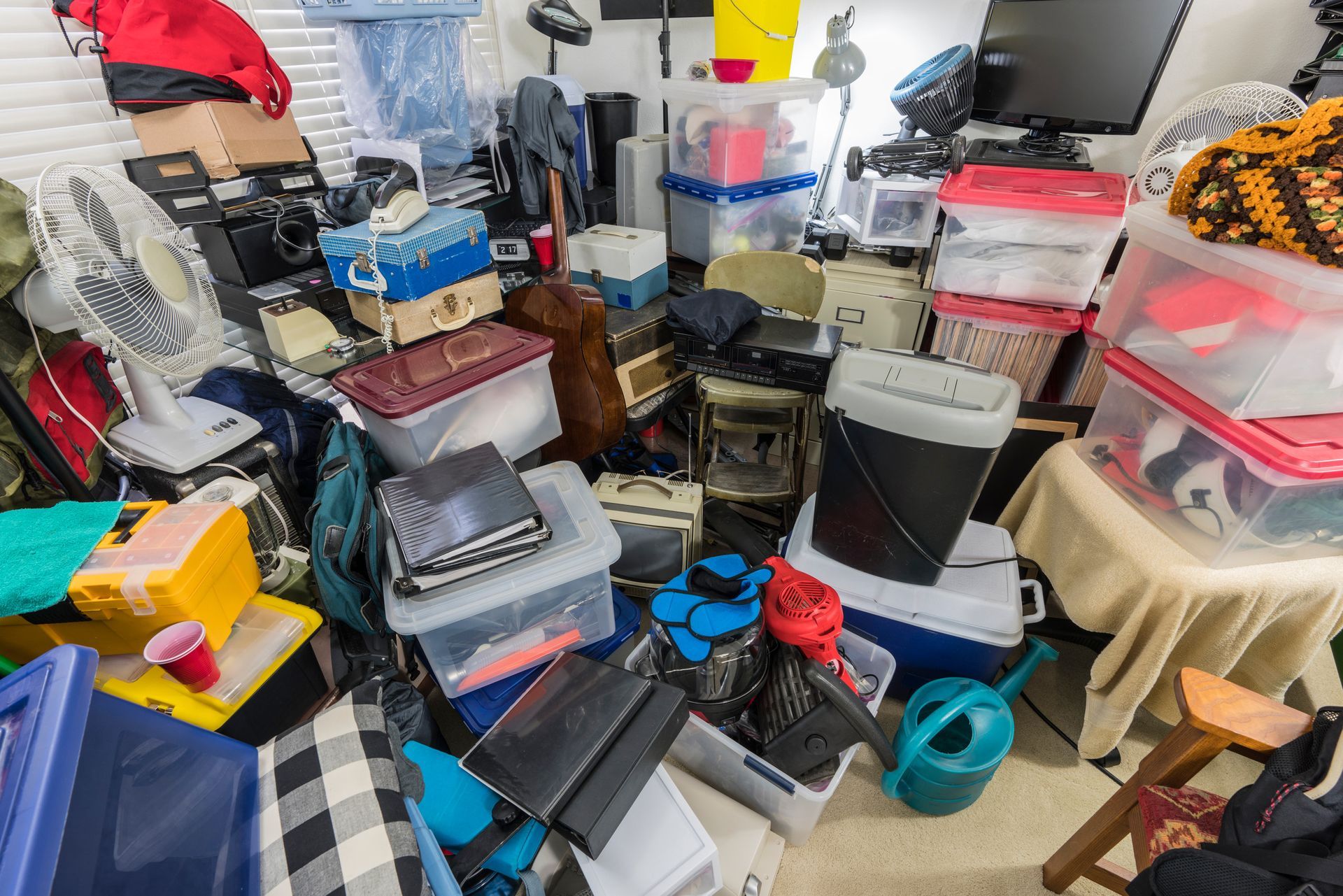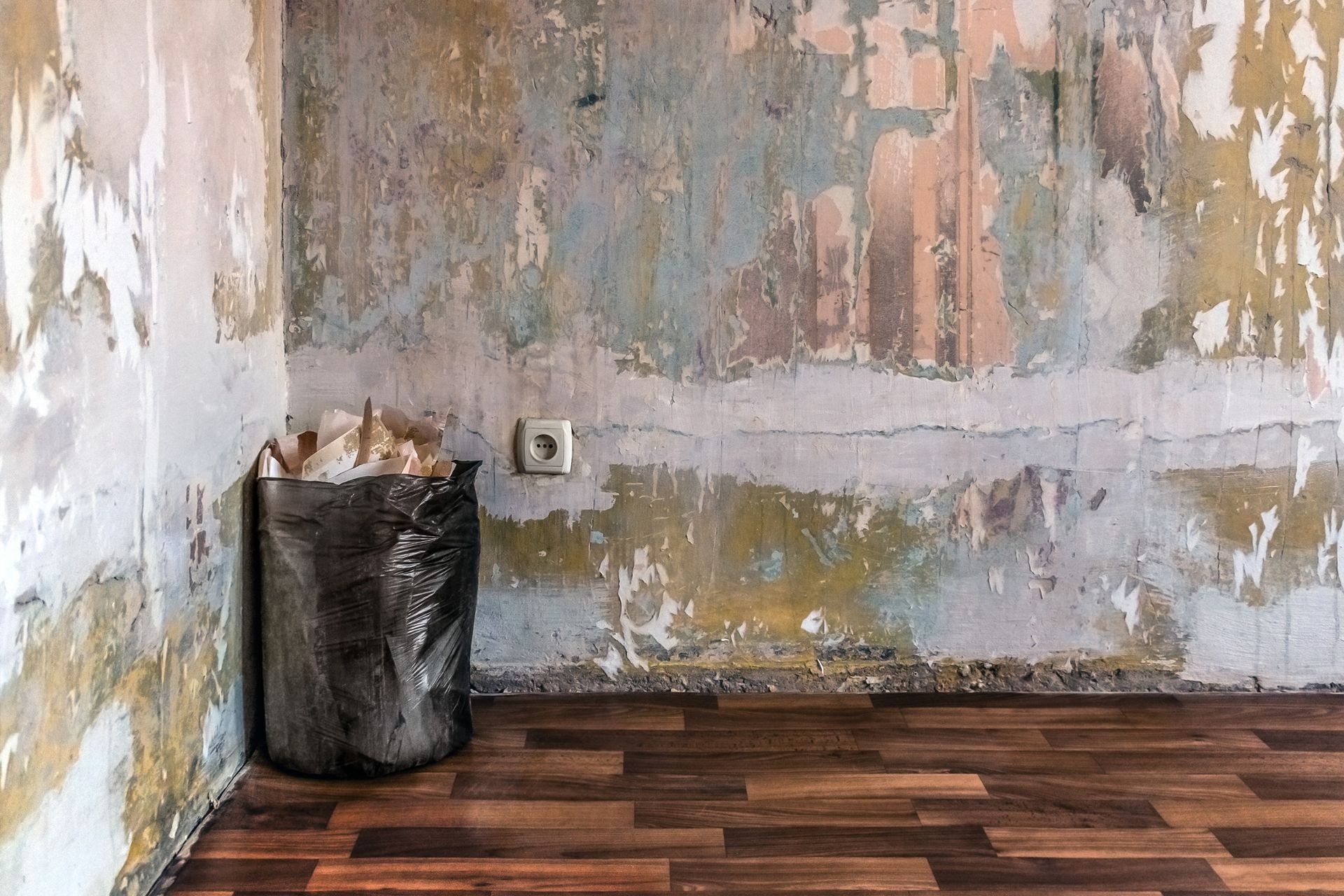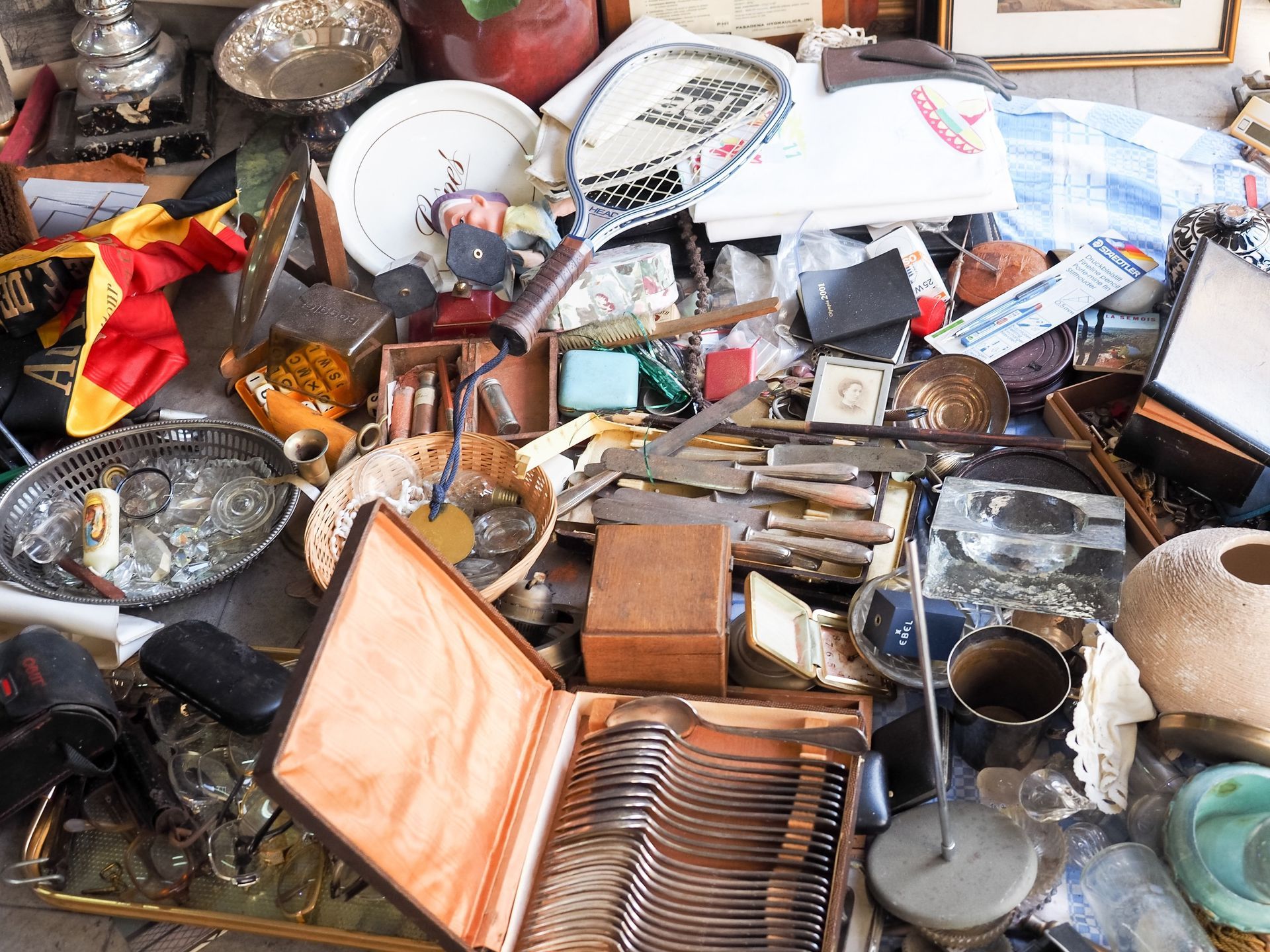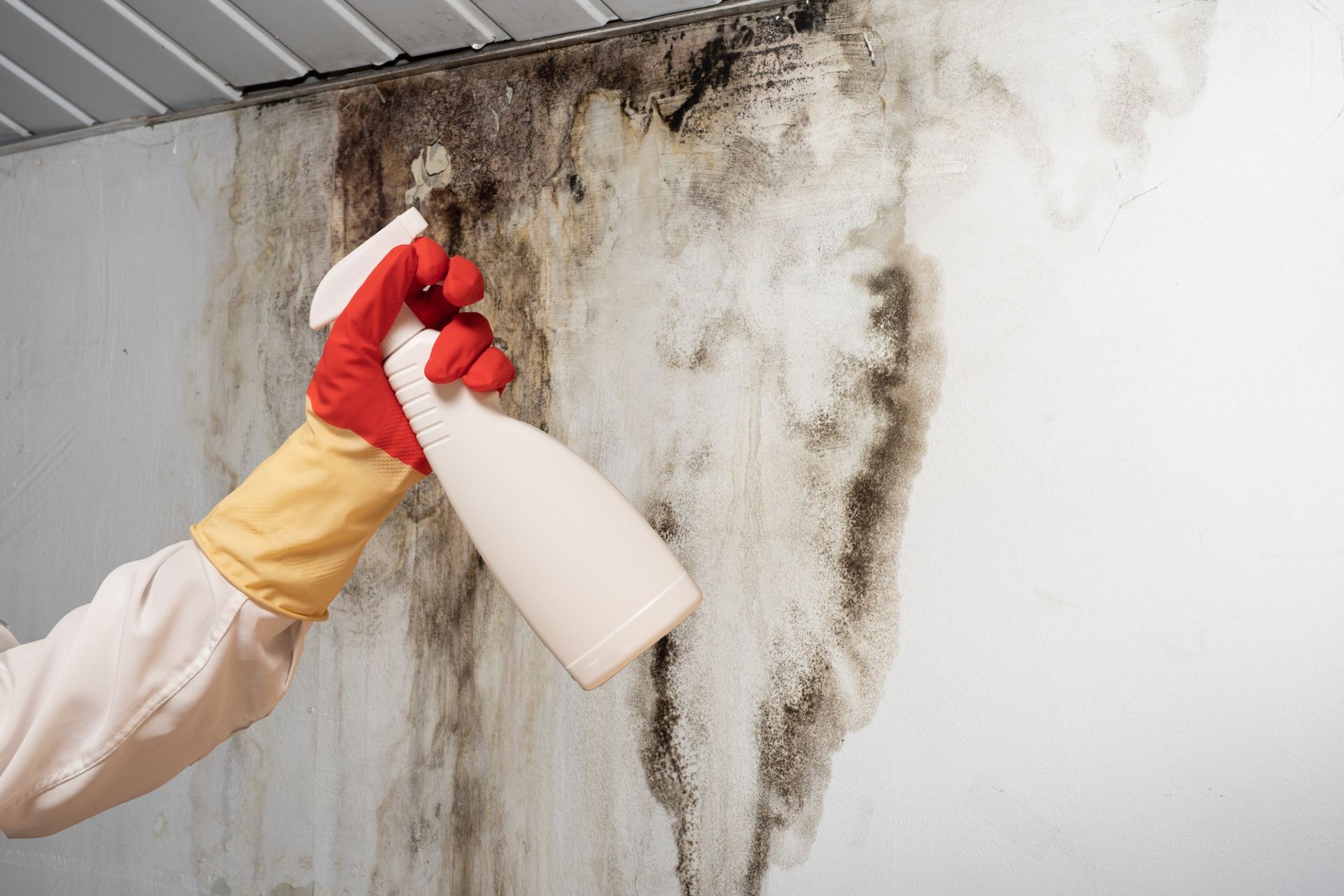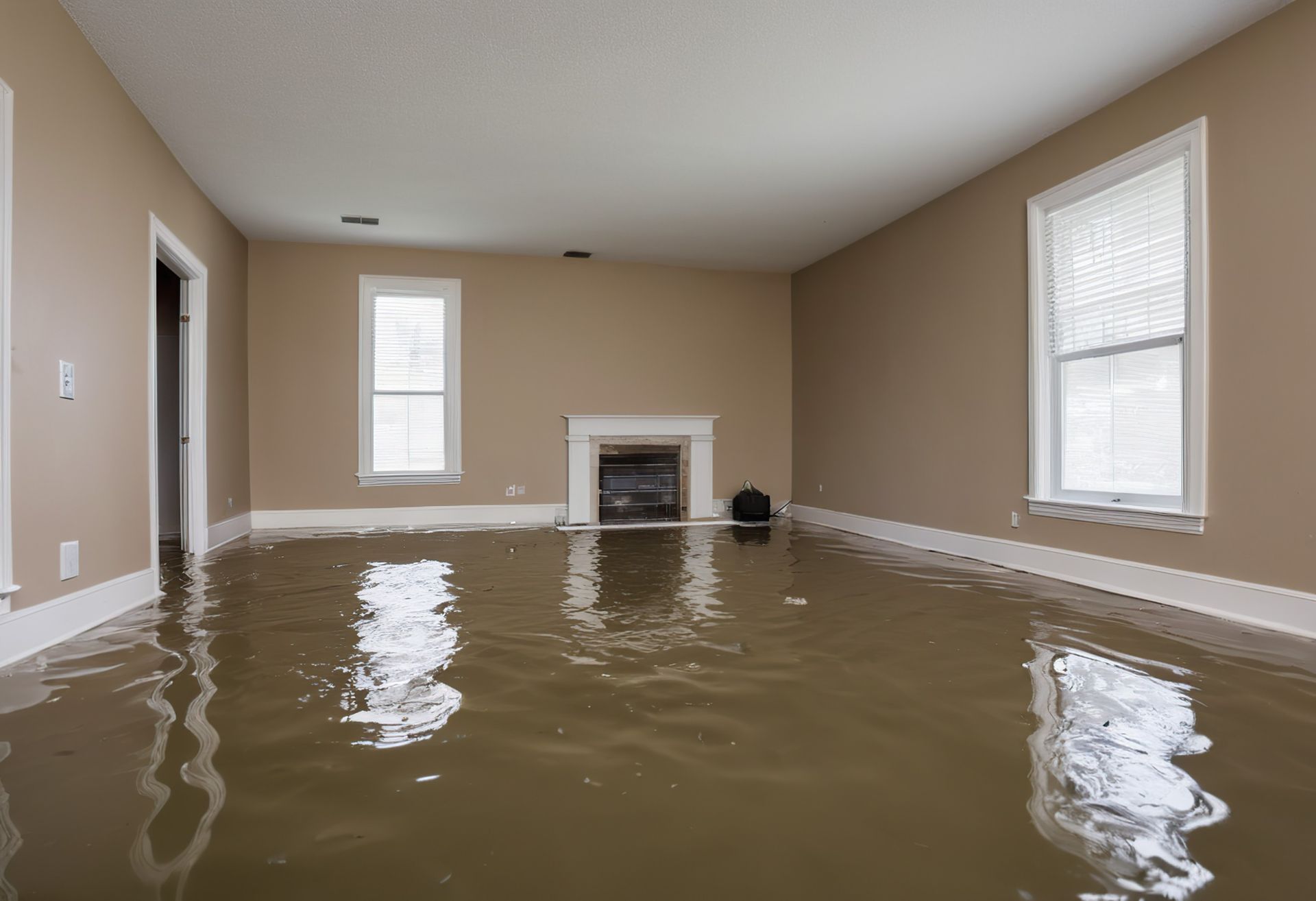6 Immediate Steps to Take After Water Damage In Your Home
When your home has been affected by water damage, it is an incredibly stressful experience. Not only do you have to worry about the contents of your home and any potential items lost as a result of the water damage, but also have to ensure that it’s restored to its former glory—fast!
Prompt and immediate action is crucial when it comes to water damage restoration. Acting swiftly helps minimize additional destruction and keeps future repair costs under control. Fortunately, there are several immediate steps you can take after experiencing water damage to initiate the restoration process and mitigate further harm.
In this post, we will be discussing 6 immediate steps homeowners should take after experiencing water damage in their homes.
Step 1: Shut Off the Main Water Supply
The first step in managing water damage is to shut off the main water supply to your home. This step is critical to prevent additional water from entering your home or compounding the damage already done.
Locate and turn off the main water valve, often found in your basement, garage, or outdoors near the street. If you are unsure of its location or how to turn it off, your local water company can assist.
Step 2: Remove Unsalvageable Items
The next step involves the removal of any items that cannot be salvaged from the affected area. This may include furniture, electronics, or other household items that have been severely damaged by the water.
It is essential to remove these items as quickly as possible to prevent the growth of mold and other bacteria, which can pose health risks and cause further damage. Remember to be cautious when handling these items, as water damage can make them unstable or unsafe.
Step 3: Vacuum Excess Water
Once unsalvageable items are safely removed, the next action is to get rid of the excess water. You can do this by using a wet/dry vacuum or a shop vacuum. These devices are designed to handle large amounts of water and can be crucial in speeding up the water removal process.
Carefully vacuum the water off your floors, carpeting, and other surfaces. Remember, electrical safety is paramount—do not use regular vacuum cleaners for this purpose or operate the vac in overly wet conditions. Always follow the manufacturer's instructions for safe operation.
Step 4: Clean All Affected Surfaces
In addition to removing excess water, it's crucial to clean all surfaces affected by the water damage. Use a mild detergent and warm water to gently scrub floors, walls, and any other water-touched surfaces.
It will help in removing contaminants and reducing the risk of mold growth. Make sure to dry these surfaces thoroughly after cleaning to prevent any mold or mildew buildup. Always wear protective gloves and eyewear to ensure your safety during the cleaning process.
Step 5: Ventilate the Area
To expedite the drying process, ensure proper ventilation in the affected areas. Open all windows and doors, weather permitting, to allow fresh air to circulate. If you have fans, be sure to use them to increase the flow of air, which helps in drying out the wet areas of your home.
Position the fans to direct air towards wet surfaces, distributing the air evenly. Remember, drying is a crucial phase in water damage restoration as it significantly reduces the risk of mold development.
Step 6: Contact a Professional Restoration Company
The final step in responding to home water damage is to contact a professional restoration company. Their expertise is invaluable in assessing the total extent of the damage, including hidden issues that may not be immediately obvious.
Professional restorers are equipped with specialized tools and possess the knowledge to safely and effectively restore your home to its pre-damage state.
They can manage mold remediation, structural repairs, and even renovation work, if necessary. Although it may be tempting to handle restoration on your own, water damage often involves complex processes that are best left to professionals.
Remember to thoroughly research your chosen company, ensuring they are certified, experienced, and reputable. With their help, you can reclaim your home from the effects of water damage, ensuring it's safe, sound, and as inviting as ever.
In Conclusion
Water damage can be a harrowing experience, but taking the right steps can get you back to pre-damage conditions. Shutting off the main water supply to your home is the first step in preventing further damage. Next, remove any items that cannot be salvaged from the affected area and vacuum up all excess water.
Finally, clean affected surfaces with mild detergent and warm water, open windows, or use fans for ventilation and contact a professional restoration company for assistance with returning your home to its pre-damage condition.
So don't wait! Take action now so that you can get on the path to recovery as soon as possible. If you have experienced any kind of water damage in your home, incorporate these steps into your plan and reach out to the right professionals for help.
About Us
Water damage can cause severe mold in your home which can be dangerous for your health. Having a professional restoration company to take care of the damage can prevent these problems. If you have water damage in your home and don’t know what to do, call us to help take care of the problem for you. Let Environmental 911 help you through this unfamiliar process!
Founded in 1999, we have been helping residents of California restore their homes struck by any natural or human disasters. Our services include asbestos and lead abatement, mold and fungus removal, water extraction,
hoarding cleanup services, and emergency plumbing. You can reach us at
(626) 316-6651 or fill out our
contact form to know more.
